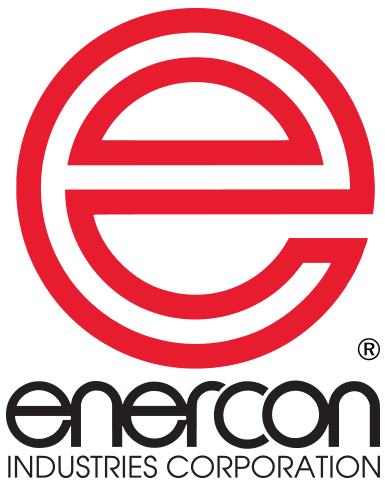Plasma & Flame Surface Treating Comparison Guide
Plasma & flame surface treaters clean, etch & functionalize surfaces to enable bonding with inks, adhesives, paints & coatings on plastics, composites, glass & metal. But how are they similar and how are they different?
Air Plasma

Air plasma is formed by blowing atmospheric air past high-voltage powered electrodes and is sometimes referred to as corona treatment. The electrical discharge positively charges the ion particles surrounding it. Through direct contact, these particles positively charge the treated area of the object’s surface.
There are two types of atmospheric plasmas, Blown-arc™ and Blown-Ion™ and for difficult to treat surfaces a noble gas may be introduced into the plasma process to create a variable chemistry plasma.
Flame Plasma

Flame plasma is formed when flammable gas and atmospheric air are combined and combusted to form an intense blue flame. The surfaces of objects are made polar as species in the flame plasma affect the distribution and density of electrons on the surface. This polarization is made through oxidation. In addition, certain functional groups are deposited on the surface of these substrates.
Flame plasma is effective at treating small or large areas at high speeds and can generate higher treatment levels than air plasma. Because they generate more heat than air plasma they may not be suitable for each application.
To find out which technology is best for your application download our Surface Treating Technology Comparison Guide.
Download This Informative Technical Paper Today


